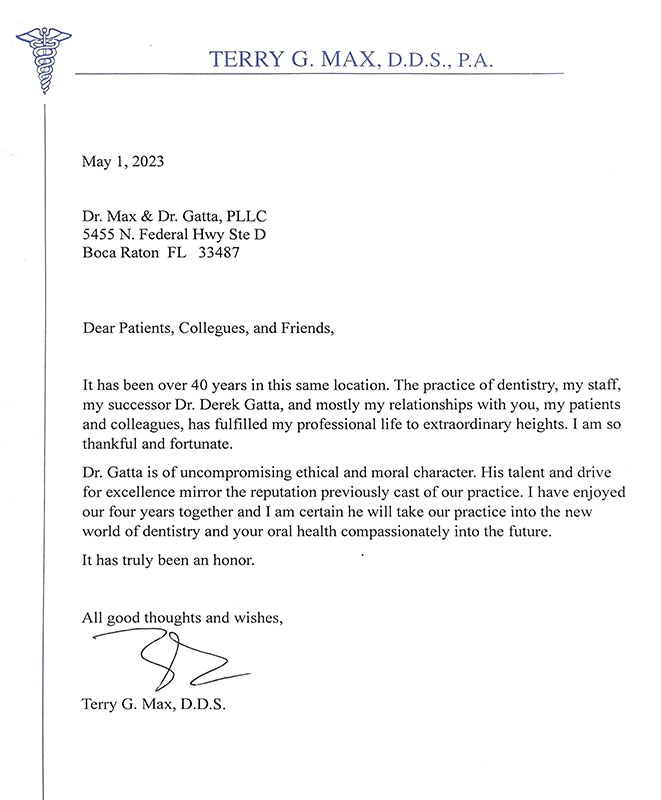In recent years, prosthodontics has seen remarkable advancements with breakthrough materials, state-of-the-art techniques, and pioneering technologies. This dynamic field offers patients a diverse range of options for restoring and replacing missing teeth. Dr. Gatta remains at the forefront of these innovations to ensure his patients receive the highest quality care. Discover the benefits and practical applications that are enhancing oral health and functionality in this blog—just the beginning of what’s possible. Interested in Dr. Gatta’s latest techniques? Schedule a no-cost consultation to explore these innovations and find the best solutions tailored to your needs.
Improving Dental Health: How High-Tech X-Rays Can Help
In many dental offices, digitized X-rays (think digital camera) are replacing traditional radiographs. Although digital X-rays have been on the market for several years, they have recently become more popular with dentists.
Digital X-rays are faster and more efficient than traditional radiographs. First, an electronic sensor or phosphor plate (instead of film) is placed in the patient’s mouth to capture the image. The digital image is then relayed or scanned to a computer, where it is available for viewing. The procedure is much faster than processing conventional film.
Your dentist can also store digital images on the computer and compare them with previous or future images to see how your dental health is being maintained.
Lasers for Tooth Cavity Detection
Traditionally, dentists use an instrument they call the “explorer” to find cavities. That’s the instrument they poke around with in your mouth during a checkup. When it “sticks” in a tooth, they look closer to see if they find decay.
Many dentists are now switching to the diode laser, a higher-tech option for detecting tooth decay. The dentist can then choose to watch the tooth, comparing the levels at the next visit, or advise that the cavity be removed and the tooth filled.
Faster Dental Care: CAD/CAM Technology
The CAD in this technology stands for “computer-assisted design,” and the CAM for “computer-assisted manufacture.” Together, they translate into fewer dental visits to complete procedures such as crowns and bridges.
Traditionally when a patient needs a crown, a dentist must make a mold of the tooth and fashion a temporary crown, then wait for the dental laboratory to make a permanent one. With CAD/CAM technology, the tooth is drilled to prepare it for the crown and a picture is taken with a computer. This image is then relayed to a machine that makes the crown right in the office.
Thinner Veneers Preserve More Tooth
Veneers are the thin, custom-made shells or moldings that are used to cover the front of crooked or otherwise unattractive teeth. New materials now make it possible to create even thinner veneers that are just as strong.
Better Bonding and Filling Materials
If you’ve chipped a tooth, you can have it fixed to look more natural than it would have in the past, thanks to improvements in bonding material and bonding techniques.
Today’s bonding material is a resin (plastic), which is shinier and longer lasting than the substance used in the past. Often, dentists will put layers of resin on a tooth to bond and repair it. Because of the wider range of shades available, they can better blend the bonding material to the tooth’s natural color.
In restorations, when a cavity needs to be filled, many dentists have also abandoned amalgams for “tooth-colored” composite or porcelain fillings, which look more natural.
Experience the latest advancements in dental care with our expert prosthodontist. Benefit from innovative techniques and personalized treatment plans. Schedule an appointment today at (561) 997-6622. Head over to our Instagram for daily tips.
Reference: [https://www.webmd.com/oral-health/advances-in-dental-care-whats-new-at-the-dentist?mmtrack=16488-26901-20-1-5-0-4]


















